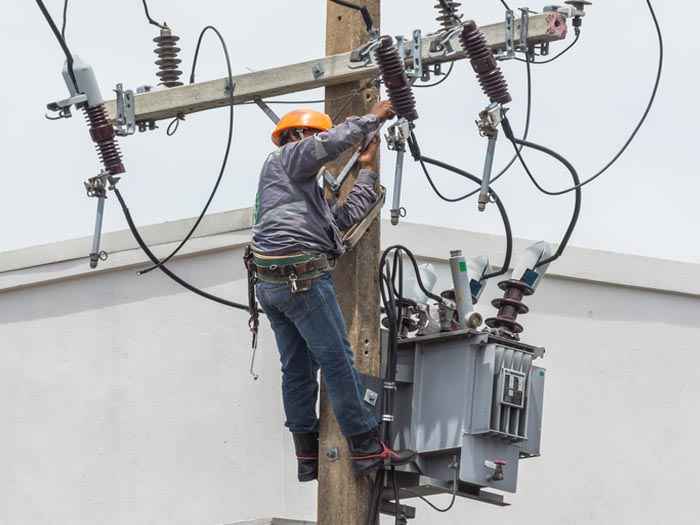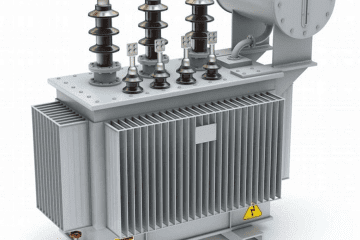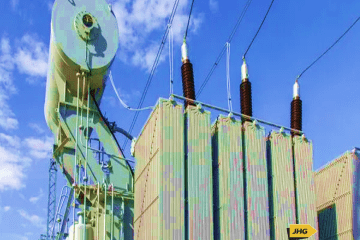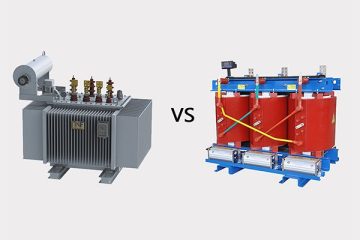Transformers are the silent heroes of modern electrical systems, playing a critical role in modulating voltage levels for the safe and efficient distribution of power. These indispensable devices enable electricity to travel across long distances—from power generation stations to industries, commercial buildings, and residential homes. Their importance cannot be overstated as they form the backbone of electrical power infrastructure, driving the economy and powering our daily lives.
At Just HardRich Global Resources Limited, we understand the essential role transformers play in keeping electrical systems running seamlessly. As Nigeria’s choicest Electrical Power and Control Engineering Company, we are dedicated to ensuring transformers remain reliable, efficient, and safe through cutting-edge maintenance and repair services. This comprehensive guide will highlight the importance of transformer upkeep, detail common challenges, and shed light on best practices to extend their operational life.
The Importance of Transformer Maintenance and Repair
Like any other mechanical or electrical device, transformers are prone to wear and tear over time. While they are robust and designed to withstand heavy operational demands, transformers can develop issues due to environmental factors, operational stresses, or even manufacturing flaws. The ramifications of neglecting transformer maintenance or delaying repairs include power outages, costly downtime, safety risks, and reduced system efficiency.
At Just HardRich Global Resources Limited, we pride ourselves on providing innovative, reliable solutions tailored to the specific challenges transformers face in Nigeria’s diverse climate and energy demands. Regular maintenance and timely repair are not only investments in operational efficiency but also measures to safeguard against unexpected disruptions.
Understanding Transformer Failures
To address transformer issues effectively, it’s essential to first understand the nature of failures that may arise. This allows for proactive intervention and ensures the longevity of your equipment.
1.1 Types of Transformer Failures
- Mechanical Failures
Mechanical issues can result from physical stress, vibrations, or mishandling. For example, broken windings, bent cores, or damaged insulation can occur when transformers are improperly transported or installed. Regular inspections and adherence to installation best practices can mitigate such risks. - Electrical Failures
Electrical faults, such as short circuits, voltage spikes, or improper grounding, are among the most common issues transformers face. These can severely impact the performance of the transformer and pose safety risks to the surrounding infrastructure. - Thermal Failures
Overheating is a significant challenge in transformer operations, especially in regions with high ambient temperatures like Nigeria. Excessive heat can degrade insulating materials, causing them to lose effectiveness and, over time, leading to critical failures. - Environmental Failures
Transformers exposed to harsh environmental conditions—such as extreme humidity, pollution, or chemical exposure—are more likely to develop faults. For instance, moisture ingress can compromise the insulation oil, while pollution can corrode external components.
1.2 Common Causes of Transformer Failures
- Manufacturing Defects
Although modern transformers undergo stringent quality checks, occasional manufacturing flaws can escape detection. These defects can range from minor inefficiencies to significant design flaws that compromise performance. - Overloading and Overheating
Transformers are designed to handle a specific load capacity. When pushed beyond their limits, overheating occurs, accelerating wear and increasing the likelihood of failure. It’s vital to avoid overloading transformers, especially during peak energy demand. - Aging and Wear
No transformer lasts forever. Over time, materials degrade, performance declines, and components begin to fail. While this is inevitable, regular maintenance can slow the aging process significantly. - External Factors
Transformers installed in areas with frequent flooding, heavy pollution, or poor infrastructure often experience accelerated degradation. Addressing these factors through protective enclosures, regular cleaning, and improved site planning can go a long way.
1.3 How to Identify Transformer Failures
- Visual Inspections
One of the simplest yet most effective diagnostic methods is a regular visual inspection. Look for signs like oil leaks, corroded casings, discolored components, or visible damage. - Audible Anomalies
A well-functioning transformer operates quietly. Any unusual sounds, such as humming, buzzing, or crackling, could indicate internal issues like loose windings or electrical discharges. - Electrical Testing
Specialized tests, such as insulation resistance, power factor, or turn ratio tests, provide deeper insights into the health of a transformer. Routine testing can reveal potential issues before they escalate. - Thermal Imaging
This advanced diagnostic tool uses infrared cameras to detect heat signatures. It identifies hotspots that may indicate excessive resistance, loose connections, or deteriorated insulation.
The Transformer Repair Process
At Just HardRich Global Resources Limited, we adhere to a systematic repair process that ensures precision, safety, and efficiency. Our expertise, combined with the use of cutting-edge diagnostic tools, guarantees that transformers are restored to optimal condition.
Step 1: Initial Assessment
A comprehensive assessment is the foundation of any successful repair process. Our technicians conduct thorough diagnostics to pinpoint the root cause of the failure.
Step 2: De-energizing and Isolation
Safety is our top priority. Transformers are carefully de-energized and isolated to ensure a secure working environment for our team.
Step 3: Repairs and Component Replacement
Whether it’s rewinding coils, replacing damaged insulation, or repairing mechanical parts, we use state-of-the-art tools and techniques to restore transformers to their original performance standards.
Step 4: Testing and Re-energizing
Before reintroducing a repaired transformer into the system, we conduct rigorous tests to confirm functionality. This step ensures long-term reliability and performance.
Proactive Transformer Maintenance
While repairs are essential for addressing faults, proactive maintenance is the key to avoiding costly downtime and ensuring uninterrupted power supply.
Predictive Maintenance
Using advanced technologies like sensors and IoT-enabled systems, predictive maintenance anticipates potential issues before they occur. This data-driven approach is gaining traction in modern transformer management.
Preventive Maintenance
Preventive maintenance involves scheduled checks to address minor issues before they escalate. Cleaning, lubrication, and component testing are key aspects of this strategy.
Corrective Maintenance
This reactive form of maintenance is necessary for addressing failures that have already occurred. While less ideal than preventive methods, corrective maintenance remains an important part of the upkeep process.
Innovations in Transformer Maintenance
Modern transformer care involves the use of innovative tools and techniques to enhance efficiency and reliability:
- Transformer Oil Purification Systems
These systems remove moisture, gases, and impurities from insulating oil, restoring its dielectric properties and extending the transformer’s lifespan. - Online Monitoring Systems
IoT-enabled sensors monitor transformer performance in real time, providing actionable insights into temperature, load, and operational anomalies. - Drone Inspections
Drones equipped with thermal imaging cameras are revolutionizing transformer inspections, particularly for hard-to-reach installations.
Why Choose Just HardRich Global Resources Limited?
As Nigeria’s leading Electrical Power and Control Engineering Company, we pride ourselves on delivering unparalleled transformer repair and maintenance services. With a focus on quality, innovation, and customer satisfaction, we bring unmatched expertise to every project. Our cutting-edge tools, experienced technicians, and commitment to excellence make us the preferred choice for businesses and industries across the nation.
Safeguarding the Future of Power
Transformers are the lifeblood of modern electrical infrastructure. Through proactive maintenance and timely repairs, we can ensure their longevity and reliability. At Just HardRich Global Resources Limited, we are committed to supporting Nigeria’s growing energy needs by providing world-class solutions tailored to our clients’ challenges.
Contact us today to experience the difference of working with a company that truly understands transformers. Let us help you power your future!




